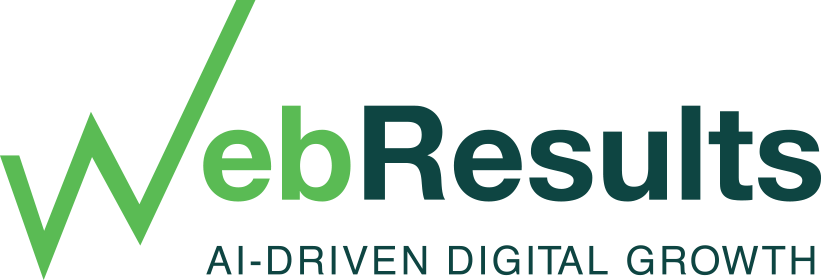Platform Speak vs. Reality
After examining the new features of Google Analytics on my own blog, I found the platform speak, as explained in Google Analytics Social Overview page, (“where social traffic sources and pages identify communities interested in my content”), doesn’t match up with my experience of what the platform provides.
Even the measure of a social “assisted conversion” only tells us that a social media takes part in certain conversion events, but doesn’t tell us by how much – at least, not yet.
What Google Analytics is actually providing with these new reports is similar to a “faceted mirror.” There are a lot more bits and pieces of information, some of it useful, much of it not, providing me with more information, but not telling a story. Perhaps only an analyst, particularly, someone who is a subject area expert, can leverage the information that Google Analytics provides us.
